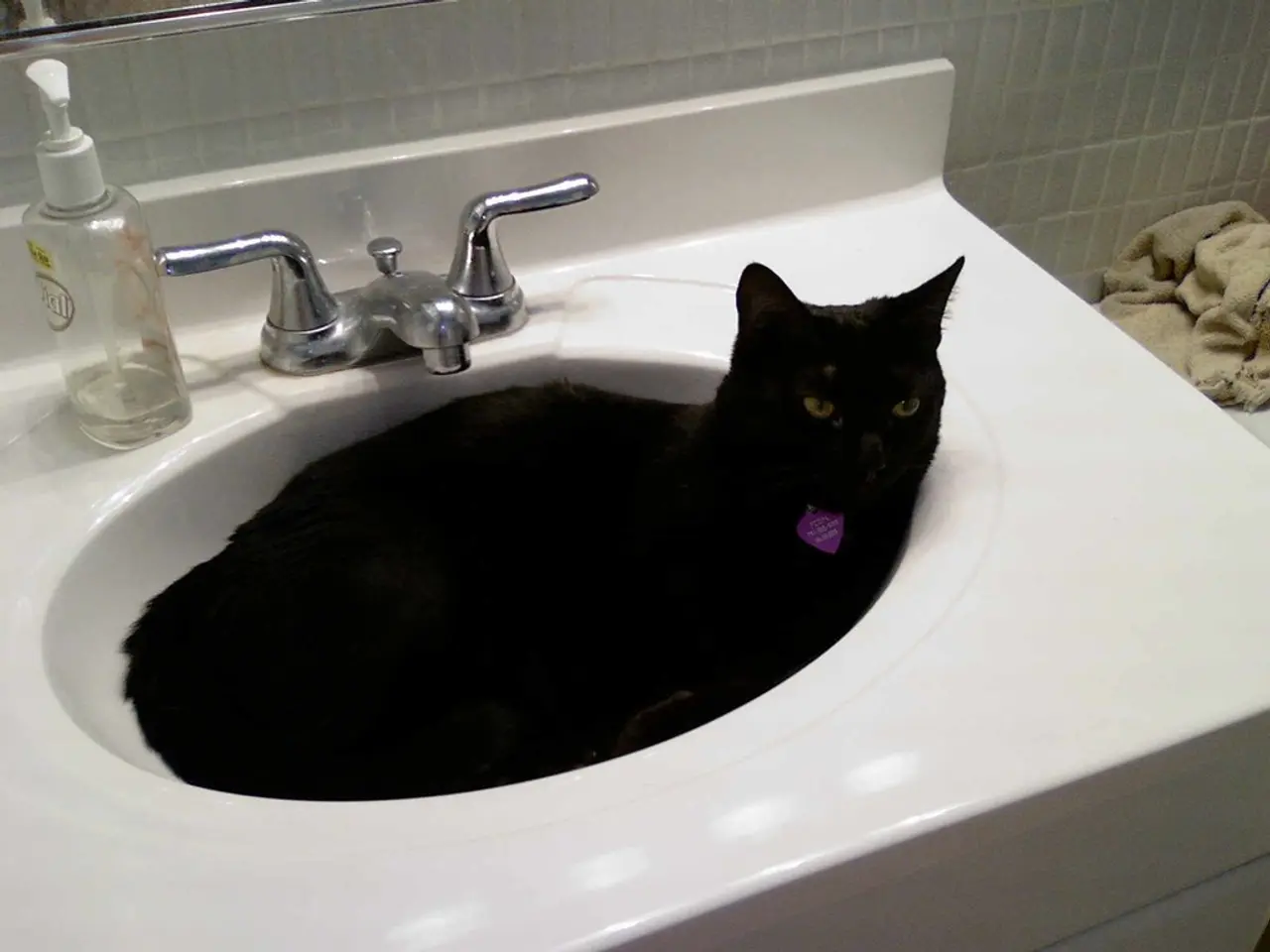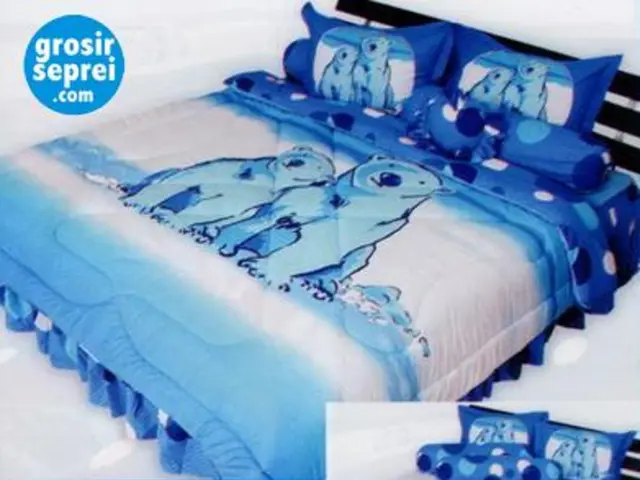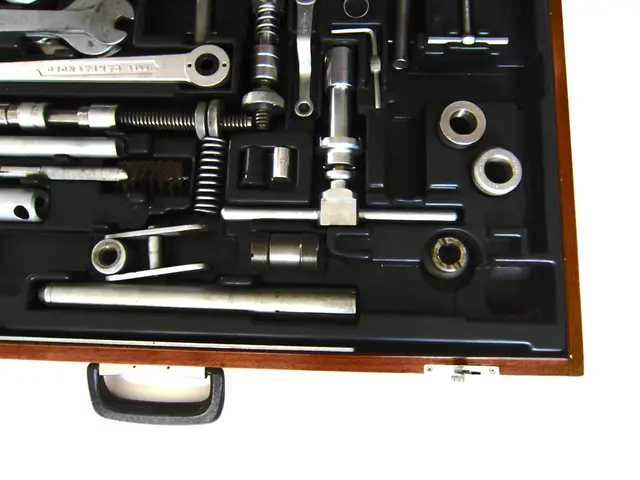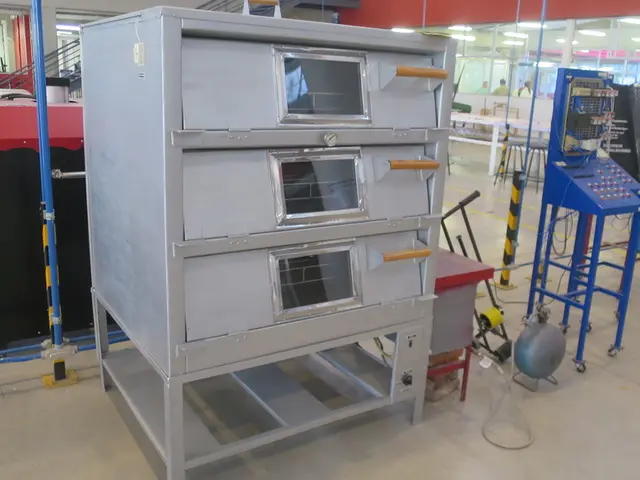Easy Solution for Cat Urine Cleanup: Apply Baking Soda
Cat urine odour can prove to be a persistent problem, but with the right approach, it can be effectively eliminated from various surfaces. Here's a step-by-step guide on how to use baking soda and vinegar to neutralise cat urine odour.
For Carpets and Fabric Surfaces: 1. Blot the affected area thoroughly with paper towels to absorb as much urine as possible. 2. Dampen the spot with a vinegar-water solution (equal parts white vinegar and water) and let it sit for 15 minutes to neutralise the odour-causing bacteria. 3. Sprinkle a generous layer of baking soda over the damp area while it is still moist from the vinegar solution. Baking soda acts as a natural deodoriser and absorbs odours. 4. Let the baking soda sit for several hours or overnight to maximise odour absorption. 5. Vacuum the baking soda thoroughly. 6. For deeper cleaning, mix 1 cup of 3% hydrogen peroxide with 1 teaspoon of dish detergent, apply it over the baking soda, allow it to bubble and foam, then blot and rinse with water. However, test this solution on a small area first, and never mix hydrogen peroxide with vinegar directly.
For Hardwood or Hard Floors: 1. Blot the urine immediately to prevent absorption into wood. 2. Use the vinegar-water rinse (1:1 ratio) to gently clean the area and neutralise odour. 3. Once dry, sprinkle baking soda on the spot and rub it in gently with a dry brush or sponge. 4. Let it sit for a few hours or overnight, then vacuum or sweep away the baking soda. 5. If necessary, follow with an enzyme-based cleaner specifically formulated for pet urine to break down odour-causing proteins.
For Clothing and Bedding: 1. Soak the urine-stained item in a solution of 1 cup white vinegar with 1 cup water for a few minutes. 2. Sprinkle baking soda on the stained area or add 1 cup baking soda to the wash. 3. Wash in cold or lukewarm water with an enzyme-based detergent, which helps break down organic urine compounds. 4. Avoid hot water and machine drying, as heat can set the odour; instead, air-dry thoroughly.
Additional Tips: - Always test cleaning solutions on a small, inconspicuous area first. - Avoid mixing hydrogen peroxide with vinegar or bleach to prevent harmful reactions. - Baking soda is safe for pets and various surfaces but avoid using essential oils mixed with baking soda if pets tend to lick surfaces.
This multi-step approach combining vinegar rinses and baking soda deodorizing is highly effective for neutralising cat urine odour on different surfaces. Cats can detect scents long after we can no longer smell them, so it's important to ensure all traces of odour are removed. Repeat the cleaning process if necessary until the stain and odour are completely removed.
For mattresses and cushions, absorb the urine with paper towels or clean rags, apply a cleaning solution (such as enzyme cleaner, baking soda and vinegar, hydrogen peroxide and baking soda, or vinegar and water), and let the mattress or cushion air dry completely. If the smell persists, repeat the process or try using an enzyme-based cleaner after blotting the area with the vinegar solution.
Vinegar can be used to dilute and remove cat urine from surfaces before applying baking soda. Create a solution of equal parts vinegar and water to neutralise cat urine odours. Shining a black light on the area can help check for remaining urine stains. After the area is completely dry, clean as normal with a mop or vacuum.
It is important to ensure that the shoes are completely dry before wearing them again. Using a mattress protector can help safeguard your mattress from future accidents. To prevent cats from urinating in shoes, store them out of reach, use deterrents, place treats near them, clean the litter box regularly, and spend more time with the cat to reduce stress.
In the realm of maintaining a pet-friendly home, ongoing care is essential to counteract unpleasant odours. Baking soda and vinegar, combined with careful cleaning practices, can prove beneficial in this regard, especially when dealing with cat urine odour.
For clothing and bedding, a vinegar soak followed by baking soda and enzyme-based detergent washes combat lingering odours effectively. Meanwhile, hardwood or hard floors require a vinegar rinse, followed by baking soda and, if needed, an enzyme-based cleaner for deeper odour removal. For carpets and fabric surfaces, the process involves absorbing the urine, applying vinegar-water, covering with baking soda, and allowing it to neutralise the odour before a thorough vacuum.
Moreover, vinegar can be used to pre-treat surfaces and aid in the removal of cat urine stains, making it easier to apply the baking soda deodoriser. A multi-step approach, combining vinegar rinses and baking soda, is highly effective in neutralising cat urine odours on various surfaces. To ensure persistent odours are eradicated, repeat the cleaning process as necessary until completely eliminated.








